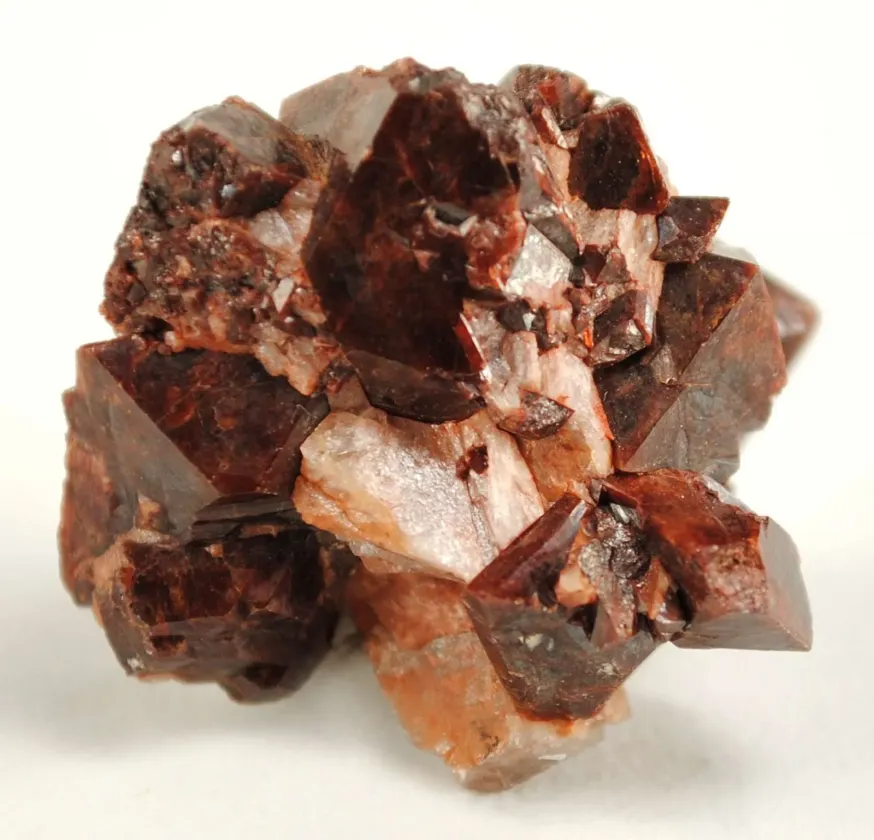
Appearance
Zircon is available in a range of hues, such as reddish-brown, brown, yellow, green, blue, and colorless. Zircons with gem quality frequently have intense colors and excellent transparency. When polished and cut, zircon usually has a high luster that makes it appear shiny and reflective. Zircon has a fourfold rotational symmetry in its crystal structure because it crystallizes in the tetragonal crystal system.
Geographical Distribution
Although zircon is found all over the world, several areas are more well-known than others for having significant zircon deposits: Australia, Brazil, Sri Lanka, Madagascar, South Africa, Norway, India, and the United States.
History
There are thousands of years of history associated with zircon. Because of zircon’s exceptional luster and eye-catching appearance, ancient cultures utilized it in jewelry and other beautiful items. Because of its brightness, people frequently mistook it for a diamond.
Zircon’s chemical makeup was discovered and it was formally acknowledged as a separate mineral in the eighteenth century. “Zircon” is its name, which comes from the Persian word “zargun,” which means “colored gold.”
Zircon has become more significant in the fields of geology and radiometric dating in more recent times. Zircon is an essential resource for learning about Earth’s past since crystals of the mineral have been used to determine the age of the planet’s crust and the timing of geological events. Zircon is found in igneous rocks.
Chemical Composition
The mineral zircon has the chemical formula ZrSiO4, and it is a zirconium silicate. It is mostly composed of silicon (Si), oxygen (O), and zirconium (Zr), with traces of other elements such as hafnium (Hf).

Types
Blue Zircon:
Blue zircon is among the most widely used types. It can display intense blue hues, frequently having an aquamarine or blue topaz appearance. The blue hue of zircon is frequently enhanced by heat treatment.
Red Zircon:
Due to its intensely red colors, red zircon is highly valued. These red zircons, which can mimic priceless red gemstones like rubies or spinel, are frequently sold as “hyacinth” or “jacinth.”
Yellow and Golden Zircon:
These types are valued for their warm and inviting colors and come in shades ranging from light yellow to golden. They may have a yellow diamond or sapphire-like appearance.
Uses
Because of its distinct qualities, zircon finds application in various industries.
- Gemstone and Jewelry: When polished and cut, zircon crystals can be used as gemstones in jewelry. They are valued for their fire and brilliance and come in a range of colors, such as blue, yellow, and brown.
- Radiometric Dating: Because of its high melting point and resistance to corrosion, zircon is a useful ingredient in crucibles, refractory materials, and ceramics used in high-temperature processes like glassmaking and foundry casting.
- Ceramics and Refractory Materials: Zircon’s high melting point and resistance to corrosion make it a valuable component in ceramics, refractory materials, and crucibles used in high-temperature applications like foundry casting and glass manufacturing.
- Zirconium Metal Production: Because of its excellent heat and corrosion resistance, zirconium, which is generated from zircon, finds use in a wide range of industrial applications, such as nuclear reactors, chemical processing machinery, and aerospace components.
- Zirconia: Zircon is the source of zirconia, a synthetic substance made of zirconium dioxide. It is utilized in cutting tools, dental crowns, and a variety of engineering and medical applications as a high-performance ceramic material.
- Catalysts: In the petrochemical industry, zirconium compounds are employed as catalysts to produce chemicals and polymers.
Table





